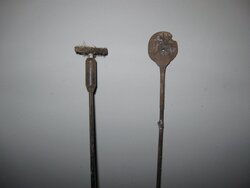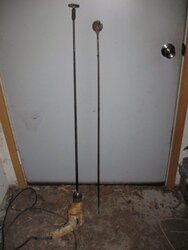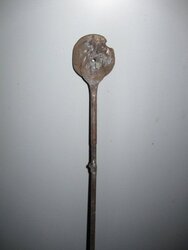The last few times that I have cleaned the heat exchanger tubes I have noted that the center tubes do not allow the tube scraping tool to pass through. I run into a hard immovable mass.
I can't remember whether this stoppage was evident last season. Do the center tubes exit into the lower (secondary chamber) like the other tubes?
I have never removed the refractory blocks and cleaned out the ash from behind the refractory, at the back of the machine (under the tubes). Is ash build-up the hard mass I am hitting with the tube scraping tool that came with the boiler?
I am cleaning it tomorrow but I thought I could find out if removing the refractory should be part of that process.
Mine is a 2007 machine (according to the label and does not have the shaker for cleaning the tubes. Ironically it does have the holes for them but I guess that it was built just before the turbulators were made standard.
I can't remember whether this stoppage was evident last season. Do the center tubes exit into the lower (secondary chamber) like the other tubes?
I have never removed the refractory blocks and cleaned out the ash from behind the refractory, at the back of the machine (under the tubes). Is ash build-up the hard mass I am hitting with the tube scraping tool that came with the boiler?
I am cleaning it tomorrow but I thought I could find out if removing the refractory should be part of that process.
Mine is a 2007 machine (according to the label and does not have the shaker for cleaning the tubes. Ironically it does have the holes for them but I guess that it was built just before the turbulators were made standard.




